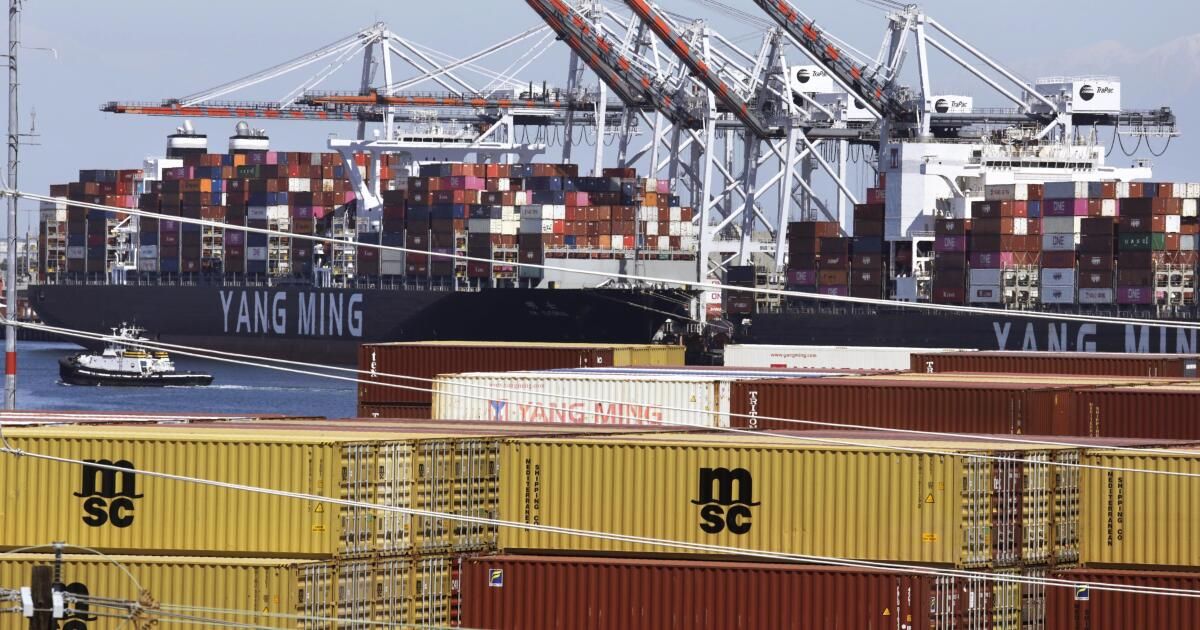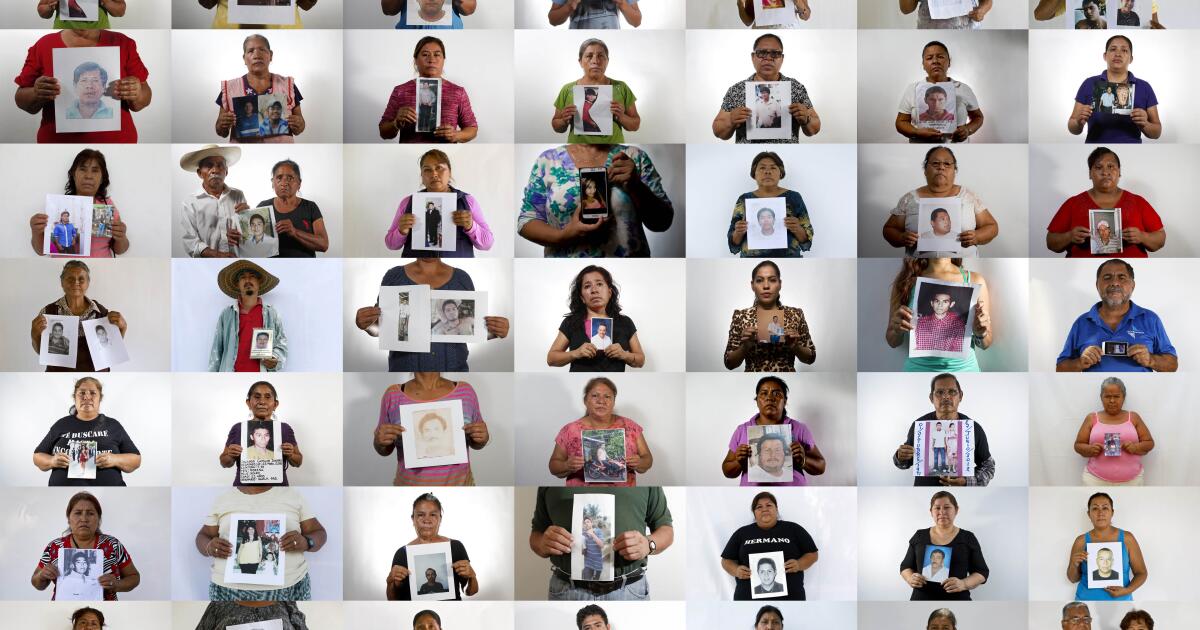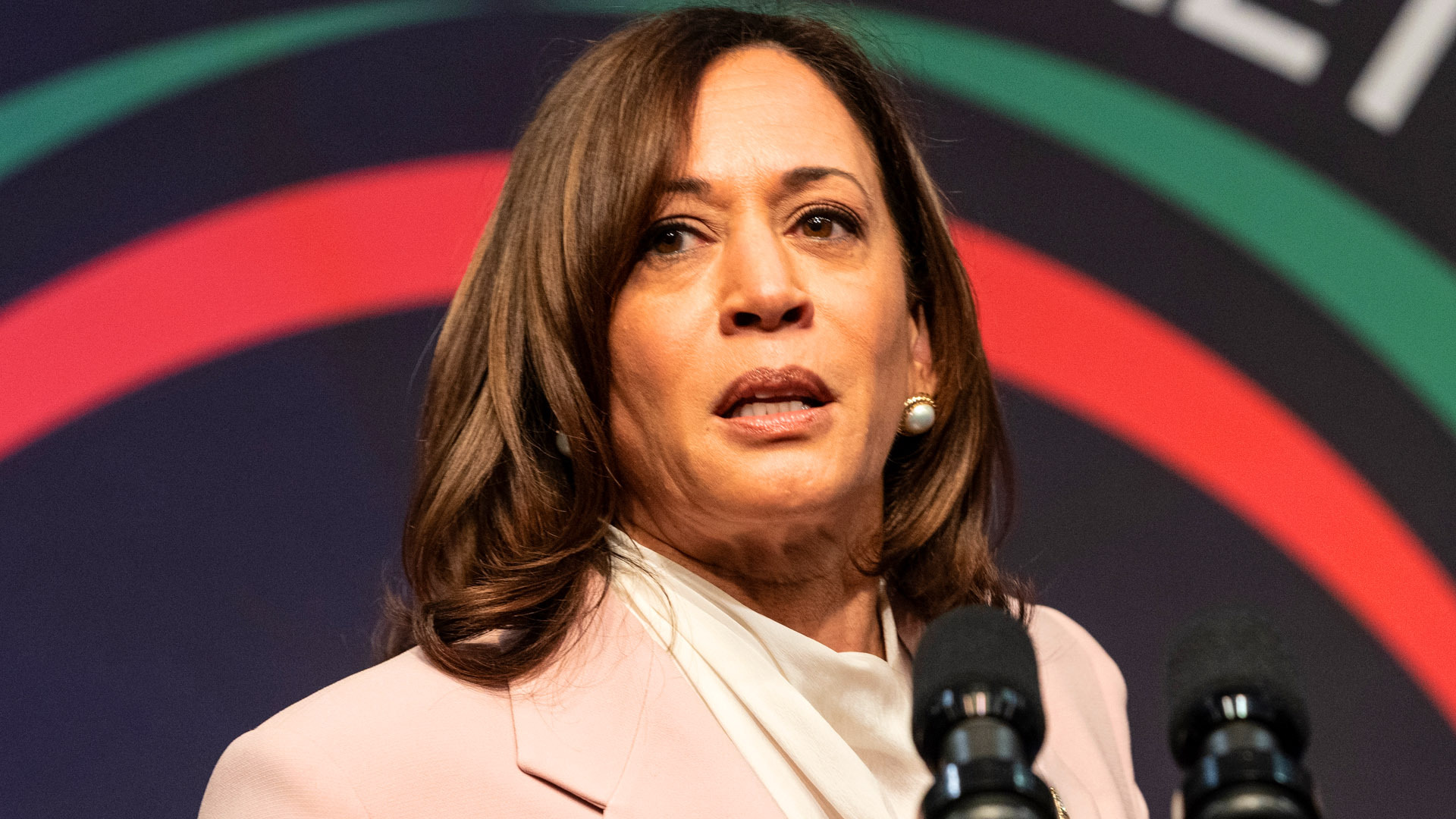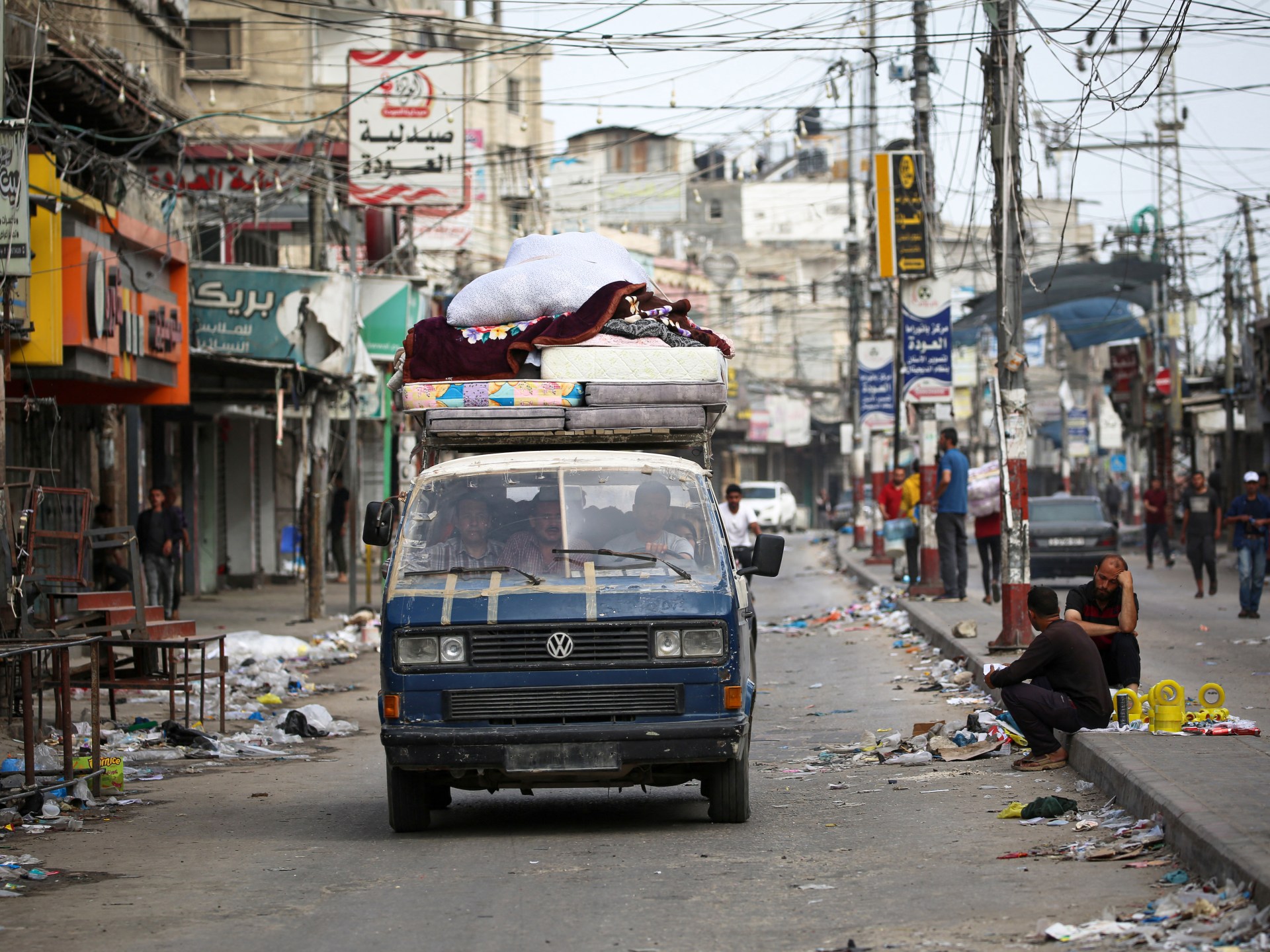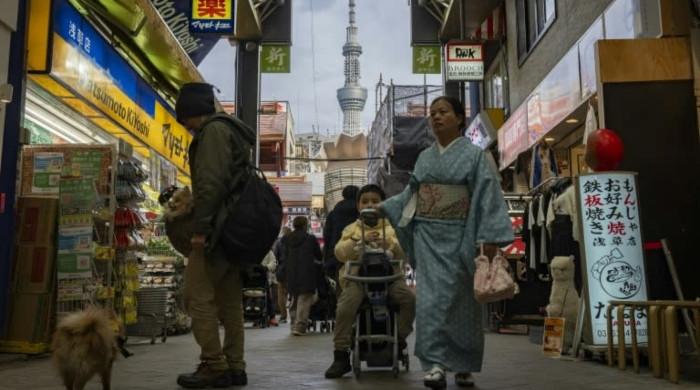The ports of Los Angeles and Long Beach, the country's largest cargo complex, are bracing for a surge in business created by problems elsewhere: Egypt's Suez Canal – a sudden hot spot in a potentially escalating conflict greatest in the Middle East – and the Panama Canal, plagued by prolonged drought.
Canals are two of the most important commercial gateways in the world. When the interconnected global supply chain becomes tangled, the knots cause costly delays as retailers and manufacturers look for alternative routes to get their cargo to consumers and factories.
The Suez and Panama canals are also options when shippers fear relying solely on Los Angeles and Long Beach, which weathered a series of pandemic-related delays and other issues starting in March 2020.
But with the return of labor peace to the docks of Southern California (dockworkers ratified a new contract last year after months of disruptions), lost business has returned, port officials say, and there is plenty of capacity for more. . Also gone are the days of COVID-19, when American consumers' online shopping binge created a massive traffic jam at the port of San Pedro, giving ports on the East and Gulf coasts the opportunity to seize cargo. from southern California.
The comings and goings are important because ports are a key economic driver in Southern California, affecting not only dockworkers but also truck drivers, warehouse staff and workers elsewhere in the extensive distribution and distribution network. Logistics. The ports of Los Angeles and Long Beach combined handle nearly 40% of U.S. imports from Asia that arrive in metal containers aboard vessels nearly equivalent in length to the height of the Empire State Building.
“Very few people had the Houthi rebels disrupting the global supply chain on their bingo card,” said Salvatore Mercogliano, a maritime historian at Campbell University in North Carolina and host of a YouTube channel called “What's Happening to maritime transport?
On Friday, Yemen's Houthi rebels vowed retaliation for the US and British attacks launched on Thursday. President Biden said the attacks followed diplomatic attempts to end the militant group's attacks on commercial shipping in the Red Sea as ships head toward the Suez Canal.
So far, local ports are seeing more effects from the problems in the Panama Canal than those in the Red Sea, “and we've been able to handle it,” said Mario Cordero, executive director of the Port of Long Beach.
“We have taken a step back and learned lessons since we had the delay, and we are more prepared than in the past to conduct 24/7 operations if necessary,” Cordero said. “We are very fluid. “We are doing well and we can endure more.”
Because of the disruptions at Suez, many insurers decided it was safer to send ships on a much longer and more expensive journey south along the coast of Africa and through a storm-battered passage to reach ports. of the East and Gulf Coast of the United States. Coast. South Africa's Cape of Good Hope (a Pope long ago thought it was a friendly name) is known as the Graveyard of Ships; Southern California is considered more hospitable, shipping experts said.
Gene Seroka, chief executive of the Port of Los Angeles, about to embark on a 10-day trip to Asia to scout potential customers, spoke of laying the groundwork in Indonesia, Vietnam, India and other countries to “fine-tune that trading relationship.” “
“We now have a real opportunity to try to get cargo out of Suez and back to the west coast,” he said.
The Panama Canal was expanded in 2016 to accommodate larger cargo ships so customers could take advantage of investments from ports on the U.S. East and Gulf coasts, which were eager to attract cargo that Before, it landed in Southern California and then moved east on trucks and trains. .
But an extreme drought has dramatically reduced the level of the artificial freshwater lake that helps fill the canal's locks and is an important source of drinking water and agricultural irrigation. Shippers were willing to pay up to $4 million to get ahead of congestion, according to Bloomberg, although that rate recently fell to less than $270,000 as oil tankers and cargo ships found other routes.
The arrival of warmer weather patterns due to El Niño is expected to worsen the drought, just as the region is entering its traditional dry season.
The Panama Canal had been allowing the passage of more than 40 ships a day on its way to the Gulf and East coasts of the United States. Canal operators have cut that number in half, creating a backlog of ships.
“It's another disruption,” said Jonathan Gold, vice president of supply chain and customs policy at the National Retail Federation. “It's another shock to the supply chain and it was supposed to be an easy gateway for trade, but now it has restrictions.”
Seroka said the Port of Los Angeles is operating at 75% capacity and is at pre-COVID levels.
“So not only do we have the capacity to grow, but we have also solved the bottlenecks and delays in the system,” he said. “We took what we learned from the COVID surge and tried to apply it day in and day out.”
Meanwhile, consumers are likely to feel the shipping delays on their wallets.
“Going around the [Cape of Good Hope] it’s not sustainable,” said Tyler Reeb, interim executive director of the Center for International Trade and Transportation at Cal State Long Beach. “This is particularly because these ships are huge and have to stop and refuel. They are going to do that in South Africa; Fuel is very expensive there.
“The most important problem is that we have come out of high inflation, and this is a solution that seems very inflationary,” he added.
Reeb said going around the cape adds 10 to 15 days to a ship's trip.
“That's time and money, and that's what creates the most challenges for retailers,” he said. “They're not going to have the products they need on their shelves in time, and it's going to be a challenge.”
All of that highlights Southern California's geographic advantage, according to Mercogliano.
“You're adding 3,500 miles to the trip and paying an extra million dollars in fuel,” he said. “What's starting to happen now is shippers saying, 'Okay, put my box on a ship to Los Angeles, to Long Beach.'”

